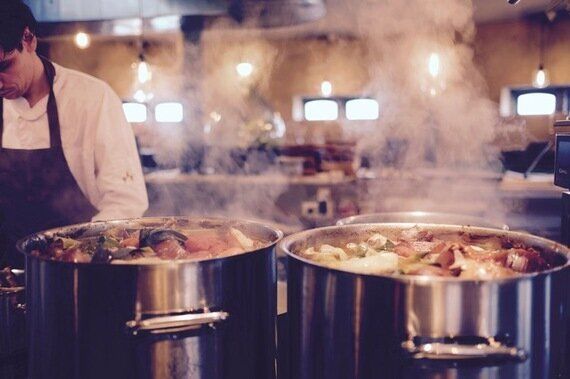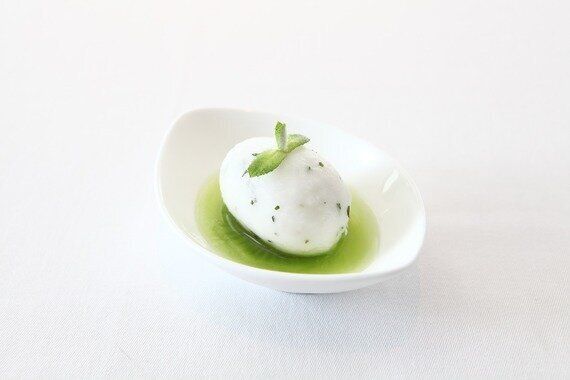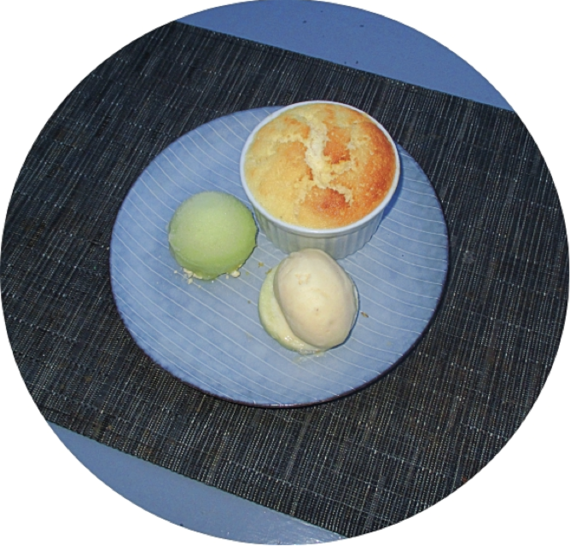Pre-amble - The simple complexity of kitchen stereotypes
A commonly held kitchen fallacy goes a little like this...
There are two, and only two, distinct types of chef, rich in both juxtaposition and stereotype.
The first is a food-thinker, gastronomically schooled with a drugs cabinet reaching from agar to xanthan and all in-between. Lab specs a certainty and pipettes a probable. A day of gruelling hard graft is for when suckling pigs fly.
The second carries a peeler, not pens. He, the story goes, is built like an ox and builds dishes like a workhorse. He is half robot, half soldier ant, deftly serving crab bisque with one hand whilst handing out beatings with the other.

via www.pexels.com images
This pigeon holed, reductive view of kitchen colonies leaves no grey area, no room for nuance.
Proudly I can say I am neither. No, scrap that, I am both. All chefs are.
Through a run of blogs I hope to reflect on how the beauty, the bleak and the mundane moments of everyday life inform how chefs, neither as the intelligentsia nor the proletariat, but as compassionate people, arrive at the perfect meal.
As cooks, it's often said that when tools, ingredients and time are restricted, the effect on creativity is counter intuitive. As is so often the case with art, the best work blossoms with your back to the wall.
Take this as a antidote to the argument that 'clean' eating is the quinoa paved path to happiness. This is a story of how cooking with love and lateral thinking can give vast insight into life's greatest pleasure.
From Ageusia to Ambrosia
We've all heard the one about simultaneously plugging your nose with garlic and eating a banana - if you haven't, worry not, these aren't sensorially depraved tips from the nicher side of auto asphyxiation - but a reflection on how the senses are in constant interaction. To cut a short story shorter, the banana ends up tasting of garlic, thus proving taste, and subsequently pleasure derived from a meal, is served by more than just the tongue.
The banana and garlic re-mix is a popular example used to capture the multi sensory experience of eating. If the senses are deprived or tampered with, the results can be strange and unsettling, but often insightful.
Common knowledge dictates the best dishes are a perfect ensemble of harmonizing elements, each acting with generous good-will to the other. To remove one or more of our senses is to detune the mastication melody and leave a dish deeply imbalanced. Eating with a cold is a succinct example of the cacophony suffered if the volume is turned down on one or more of our senses.
The drawbridge to culinary hedonism should never be raised
When visiting an ageusiac, beloved relative in hospital recently, it was impossible to ignore the lofty throne onto which she had elevated ice cream. She would eat nothing else and took genuine pleasure from it, while all other edibles actively repulsed her. It was obvious why.
With a capacity to gain gustatorial pleasure only from temperature and texture, ice cream had become so much more than simply palatable - it was the giver of lubricant to a dry mouth and the anaesthesia to a sore one. The humble ice cream had become a way for a bedbound, elderly woman to take back control of her physiological experience.
Its sustenance giving qualities, however, were of concern. In some ways, it was fortunate she could barely see, as the hospital's vanilla ice cream resembled the kind of snow Frank Zappa warned us about. Irrespective of appearance, nutrients it lacked. As the only meal of the day, this is a problem.
A brief began to write itself...to sneak nutritionally beneficial ingredients into something bracingly cold and luxuriously smooth - to create trojan horse ice creams, if you will. I set to work.

via www.pixabay.com images
The edible monotony of the first few attempts quickly became clear, when eating is more effort than ambrosia, contrast is essential. Every bite should offer something different, little surprises in the road, deviations in texture and temperature, hot leaping into cold and back again, sweet and sour embracing, the strutting salt temporarily turning heads. Drawing on observations of her current struggle, and memories of a happier past, helped inform the next steps.
The ability of a chef to guide the diner in reminiscing is the holy grail of a great dish. Those whose short term memory has been ravaged by dementia place great emotional emphasis on memories from their life's spring. As a kid I remember her thrice daily ritual cup of Earl Grey tea and the Basset's Liquorice Allsorts which used to adorn every available surface of the house. The aromas of bergamot and aniseed both have an air of the medicinal about them - perhaps, presciently, offering comfort in old age. The two would play a part.
Above all else, the dish was designed to give back a sense of control and autonomy to an elderly, immobile woman so desperate to seize it. With a spoon hand granting the freedom to experiment with different flavor and texture combinations within the dish, a certain self-determination at mealtimes was rediscovered, a small glimpse of sunshine in her winter years.
See the recipe for Hot Lemon Curd Pudding with a Trio of Trojan Treats

author's own